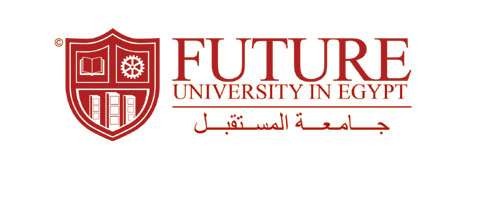Abstract :
Background: Immediate implantation was suggested to reduce the number of surgical interventions and to preserve the alveolar ridge. Implant placement demands a thorough understanding of anatomic, biologic, surgical, and prosthetic principles.
Purpose: The aim of the present study was to evaluate the 18 months survival rate of osseointegration, on the basis of clinical and radiographic examinations, for simultaneous bone grafting with immediate implants supporting partial denture with locator attachment in the maxillary esthetic area.
Materials and Methods: A total of twenty patients randomly assigned received 45 immediate implants with bone graft supporting maxillary partial overdentures. The clinical analysis of probing depth, bleeding index, plaque index, and radiographic analysis of crestal bone level at a follow-up interval of 6, 12, and 18 months was evaluated.
Results: All implants achieved successful osseointegration. The soft tissue architecture remained stable throughout the healing period of the implants as well as after final prostheses delivery, contributing to aesthetically pleasing and biologically sound results.
Conclusions: Immediate implants with locator attachment supporting maxillary partial denture can be safe, reliable, and a predictable option for the replacement of teeth in the anterior maxillary zone, providing stability to the peri-implant soft tissue.
